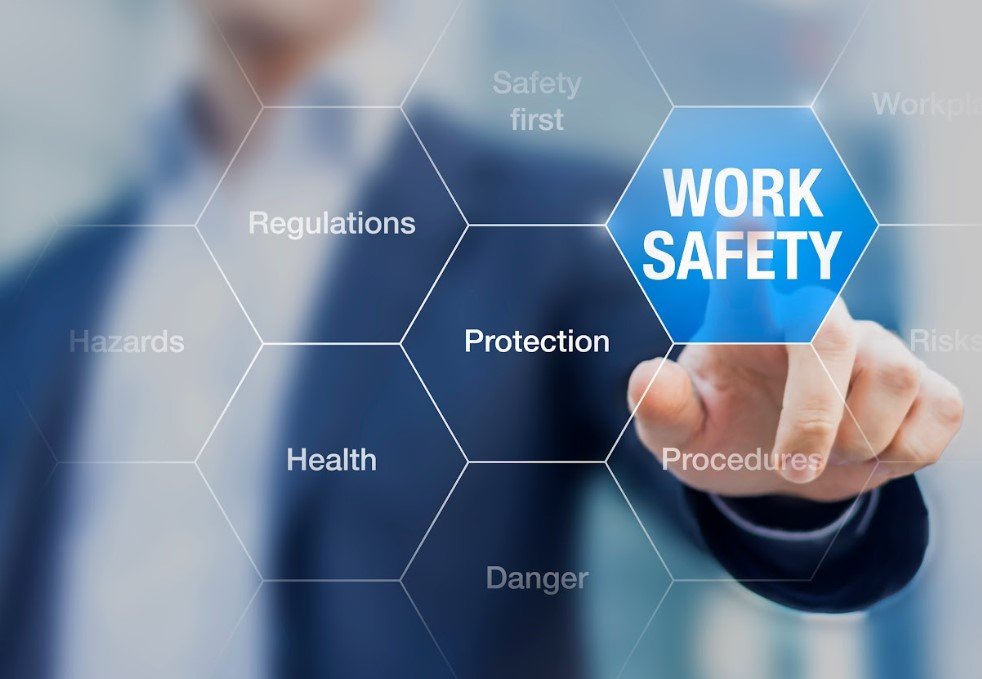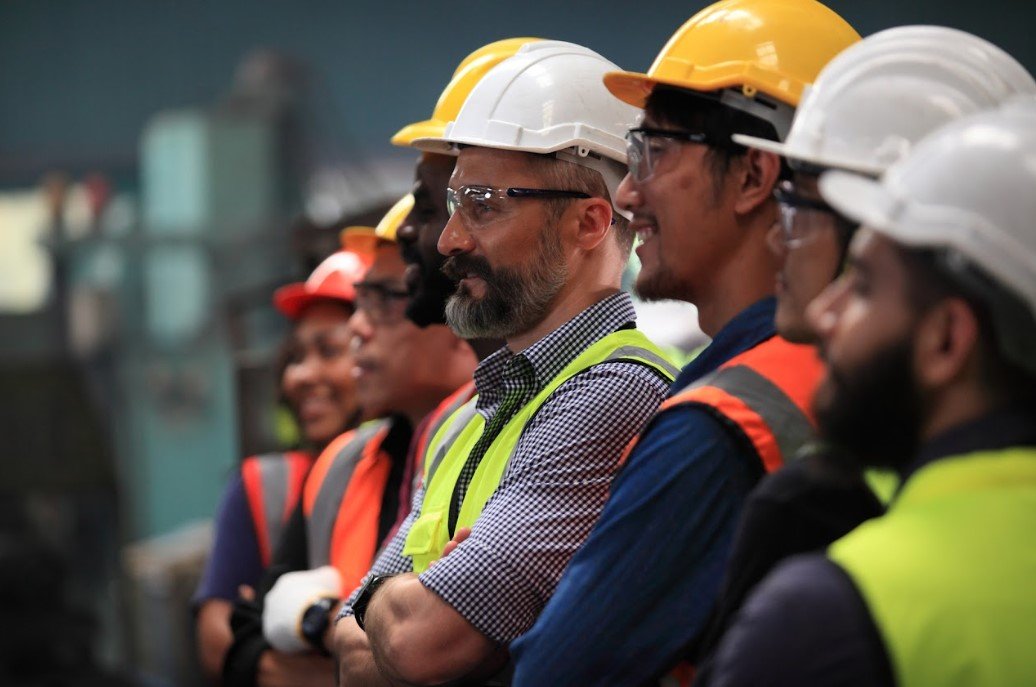Business
Workplace Safety: Innovative Solutions For Confined Space Emergencies

Ensuring safety in confined spaces is paramount for industries where employees regularly encounter such environments. From construction sites to manufacturing plants, the inherent dangers of confined spaces call for strict safety protocols and innovative solutions.
In this article, you’ll discover six groundbreaking strategies to tackle emergencies in these challenging settings.
One of the most critical tools in your safety arsenal should be an emergency escape breathing device. This equipment isn’t just an accessory but a lifeline in critical situations where air quality can deteriorate rapidly.
Now, let’s explore additional safety measures that are equally indispensable.
Understand And Assess Risks
Before entering any confined space, it’s crucial you understand and assess the risks involved. Start by identifying potential hazards. These might include toxic gases, a lack of oxygen, or the presence of flammable materials.
Also, don’t overlook risks like flooding or the collapse of surrounding materials, which can also pose significant dangers.
Next, evaluate the likelihood and potential impact of these hazards. Ask yourself: How probable is it that these risks could materialize? If they do, what are the possible consequences? This step helps prioritize the risks and plan accordingly.
Additionally, consult past incident reports and safety records. They can provide valuable insights into recurring issues or overlooked dangers. Learning from past mistakes is a proactive way to enhance safety.
Finally, involve your team in this risk assessment process. Their experience and perspectives can reveal risks you might not have considered.
Ensure Proper Ventilation
In confined spaces, adequate ventilation isn’t just comfort; it’s a necessity. You must ensure the air you breathe is fresh and free from contaminants.
Employ mechanical ventilation systems to circulate air and eliminate hazardous atmospheres. Be mindful of the airflow direction. It should move from clean to less clean areas to prevent the spread of contaminants.
Regularly check and maintain these systems to guarantee they function optimally. Don’t rely solely on your senses to assess air quality; some dangerous gases are odorless. Instead, use air monitoring equipment to detect any toxic substances.
In confined spaces, what you can’t see can still harm you. Keep the air moving, keep it clean, and keep your health and safety in check.
Implement Continuous Monitoring
Never underestimate the dynamism of confined spaces. Conditions can change in an instant, transforming a safe environment into a perilous one.
Equip these areas with state-of-the-art monitoring devices that provide real-time updates on air quality, gas levels, and temperature. These systems act as your vigilant guardians, constantly checking for irregularities or danger signs.
By having this continuous oversight, you’re not just reacting to emergencies; you’re preemptively addressing them. If a monitor alerts you to a hazardous change, you can take immediate action to safeguard yourself and your colleagues.
Remember, in confined spaces, constant vigilance isn’t just a precaution; it’s a necessity. Stay informed, stay alert, and maintain a proactive stance toward safety with continuous monitoring.
Train For Emergency Response
In confined spaces, your response to an emergency must be instinctive. That’s why rigorous training is non-negotiable.
Participate actively in regular training sessions and drills. These are your preparation for real-life scenarios. Learn the nuances of using safety equipment. Familiarity breeds efficiency in times of crisis. Understand the emergency protocols like the back of your hand.
When every second counts, hesitation or confusion can escalate a situation. Embrace these trainings as opportunities to sharpen your skills and knowledge.
In the face of an emergency, your training is your strongest ally. It transforms your reaction from panic to precision, ensuring that you not only protect yourself but also save lives.

Utilize Non-Entry Rescue Techniques
Prioritize non-entry rescue methods in confined spaces. This approach minimizes risk by avoiding direct entry during emergencies.
Equip your team with specialized tools like retrieval lines or remote-controlled devices. These enable you to extract individuals without compromising more lives.
Understand the mechanics of each tool and train rigorously. Time is of the essence in rescue operations, and your proficiency with these techniques can be the difference between life and death.
Remember, the safest rescue is one that keeps rescuers out of harm’s way while efficiently retrieving those in danger.
Establish Clear Communication Channels
In confined spaces, your lifeline is clear communication. Ensure robust, reliable systems are in place. These should work flawlessly, regardless of your location—inside or outside the space.
Equip yourself with high-quality, intrinsically safe communicators. Test them before entry; a malfunctioning device is as good as none.
Develop clear, concise protocols for reporting hazards, status updates, and emergencies. Everyone must know these protocols by heart.
In times of crisis, confusion is your enemy. Clear, direct communication is your ally. Remember, a well-informed team is a safe team. Prioritize this, and you prioritize everyone’s safety.
Parting Thoughts
Tackling confined space emergencies requires a blend of knowledge, preparation, and the right equipment. With these innovative solutions, you’re not just following protocols. You’re saving lives. Keep in mind that in confined spaces, complacency has no place. Stay alert, stay safe, and be ready to act when every second counts.
-

 Sports4 weeks ago
Sports4 weeks agoMore Than Just a Game: How College Sports Can Shape Your Future
-

 Tech3 weeks ago
Tech3 weeks agoAI Software: Transforming the Future of Technology
-

 Tech3 weeks ago
Tech3 weeks agoAll About Com. Dti. Folder Launcher: Features, Benefits, Tips, And More
-

 Kitchen3 weeks ago
Kitchen3 weeks ago5 Important Aspects of Kitchen Renovation to Take into Account













